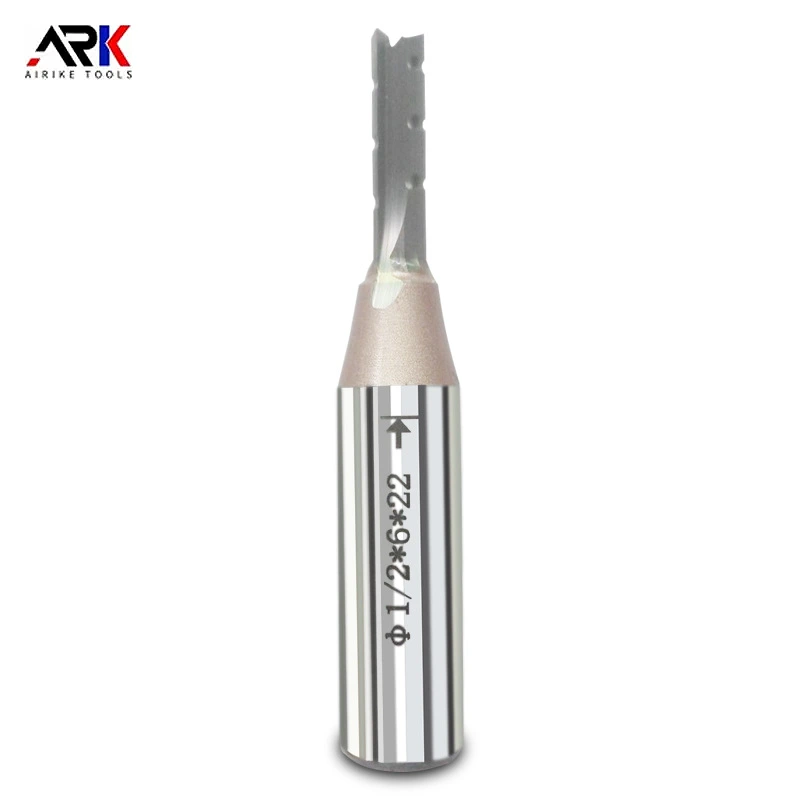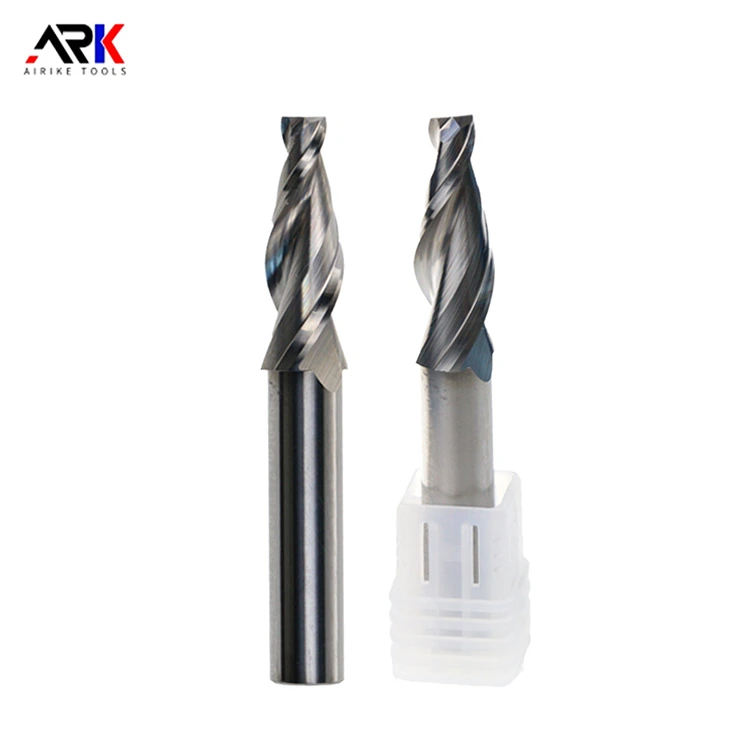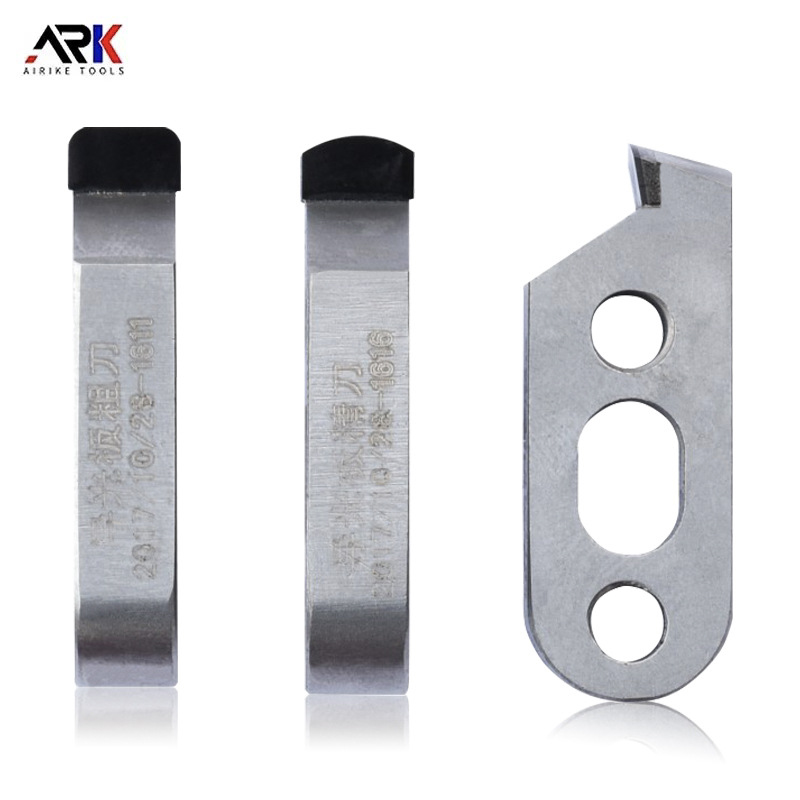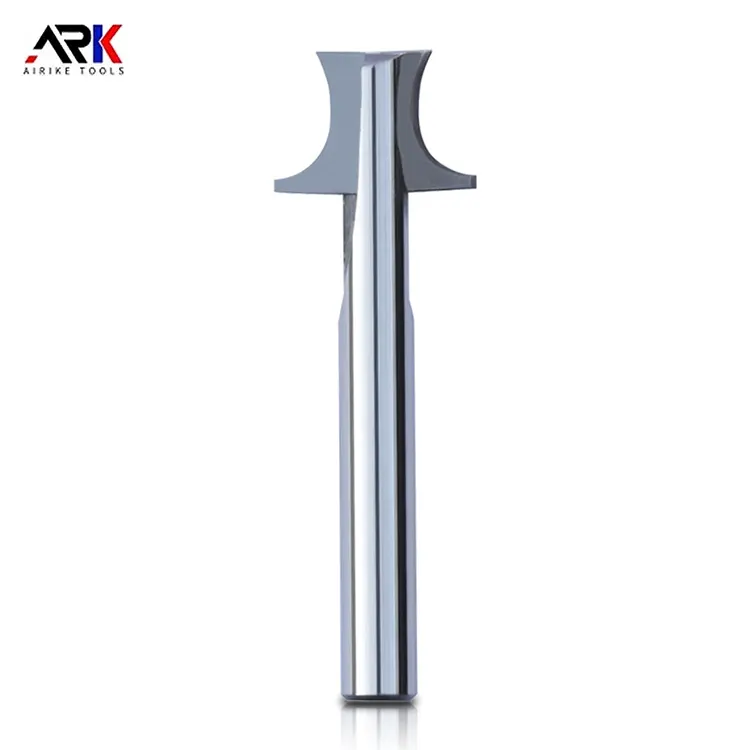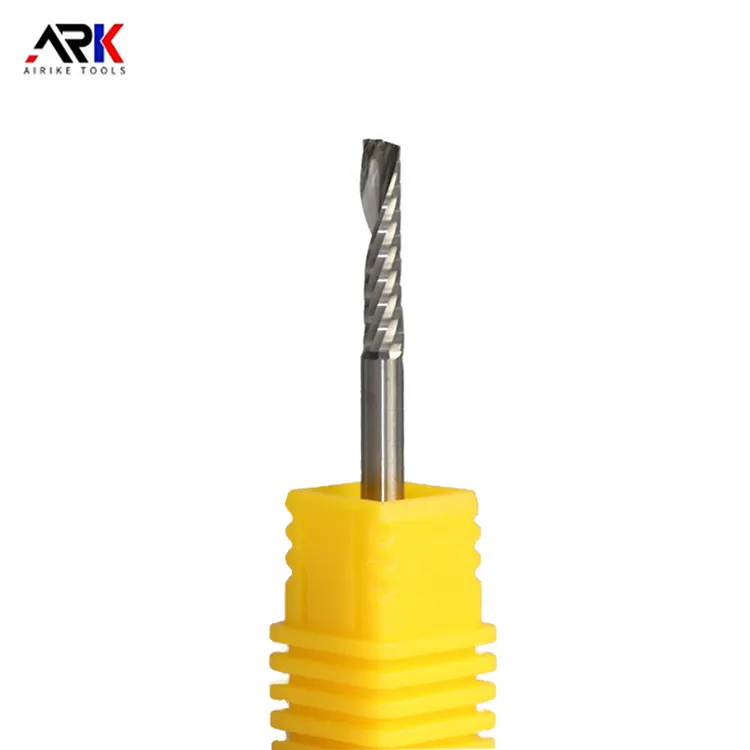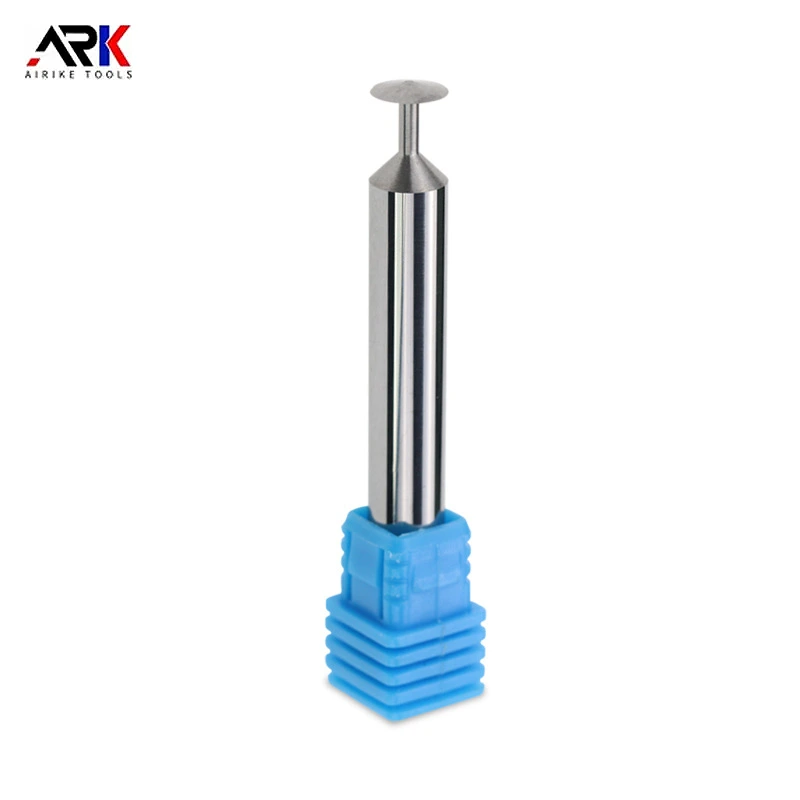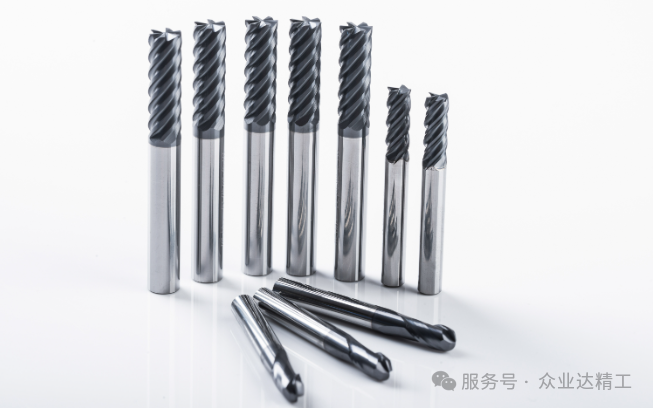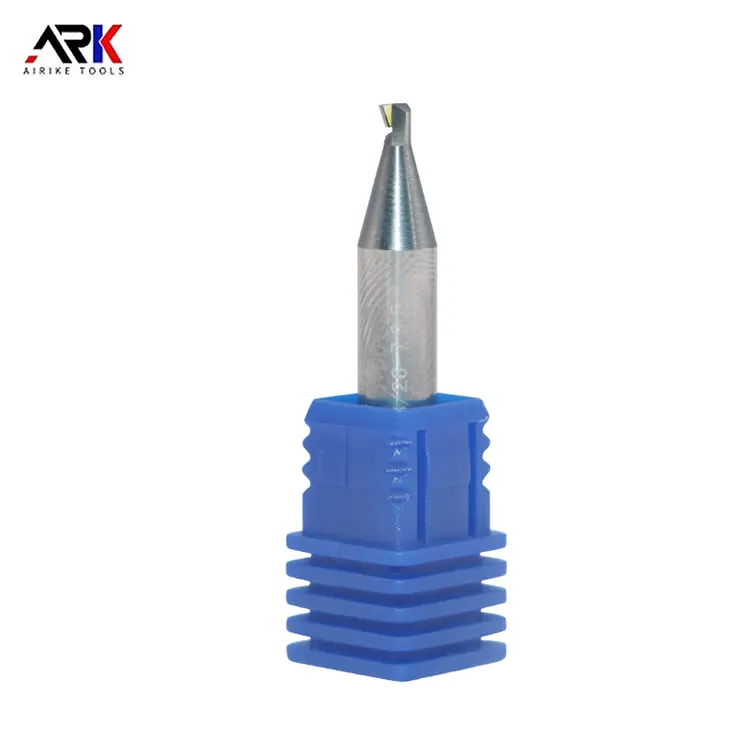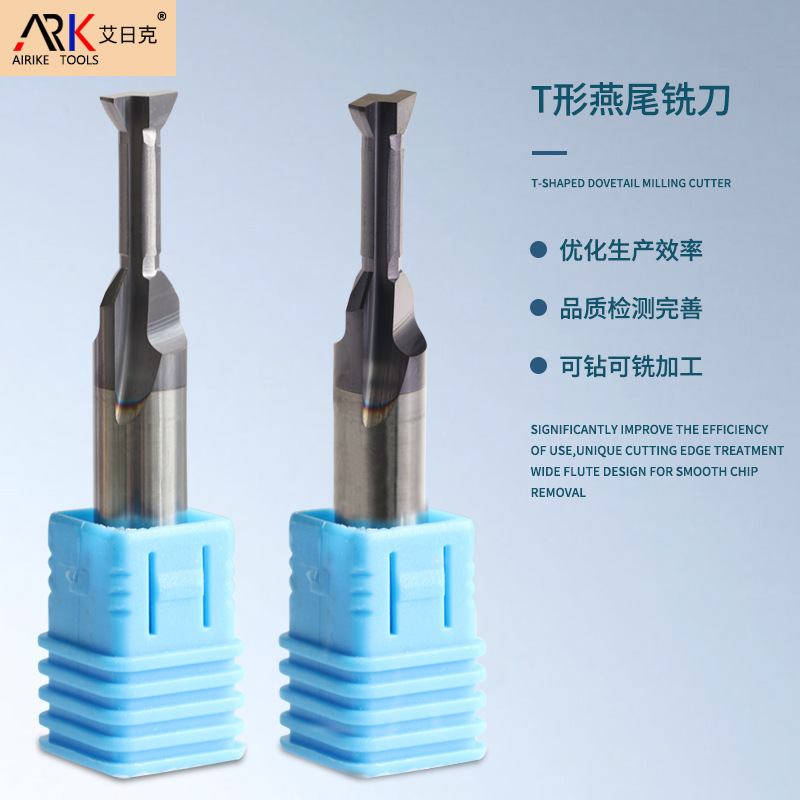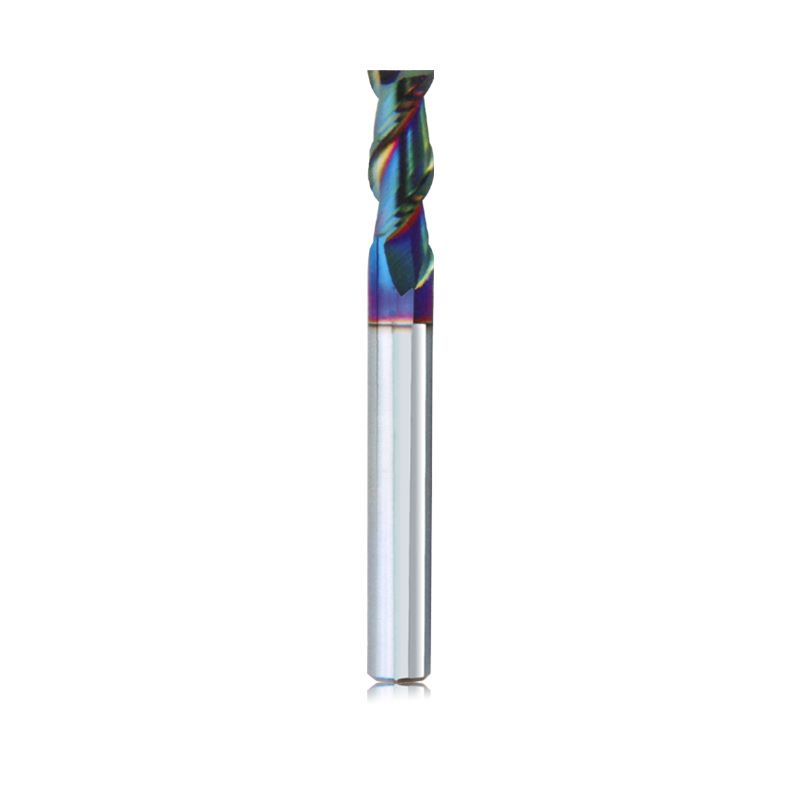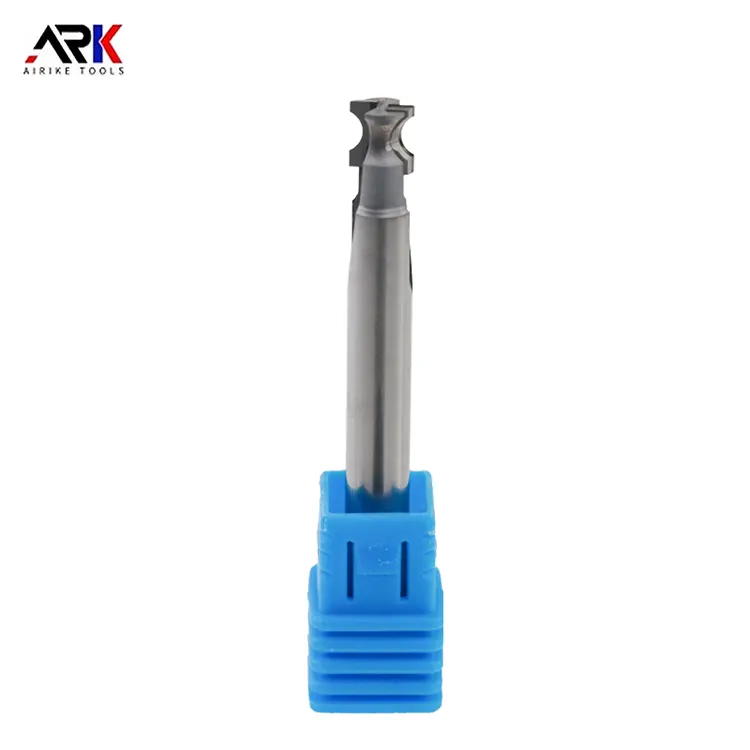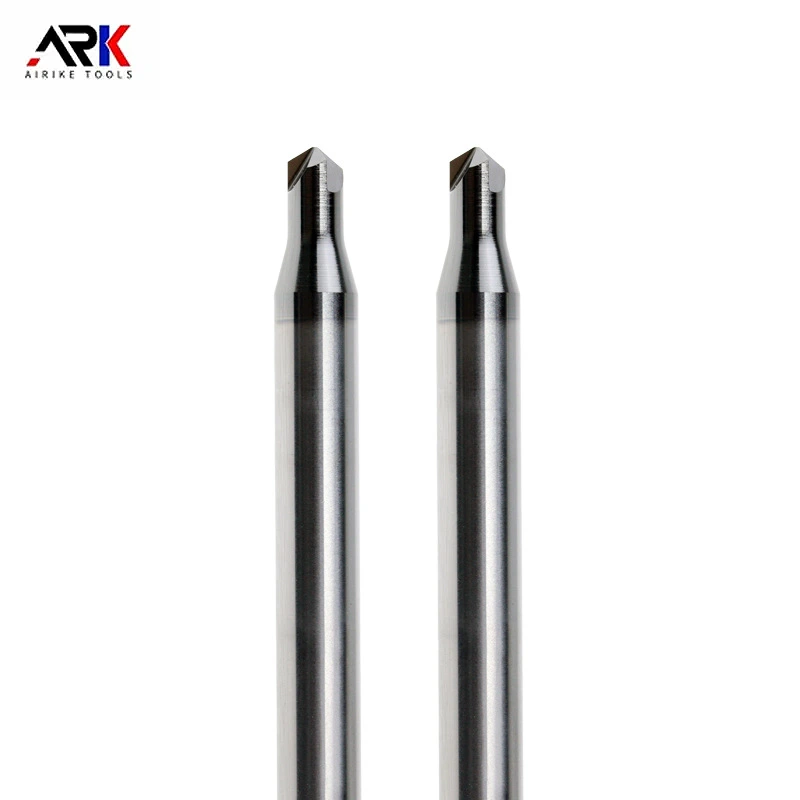Email Us
What is the reason why aluminum milling cutters tend to stick?
In the process of aluminum alloy machining, milling cutter sticking is a common problem, not only will affect the surface of the workpiece processing quality, but also may shorten the service life of aluminum milling cutter, bring a lot of trouble to the production. Want to solve this problem, the first thing you have to figure out the reasons for the sticky cutter phenomenon. The following is the sharing of the editorial of Zhongye Da.
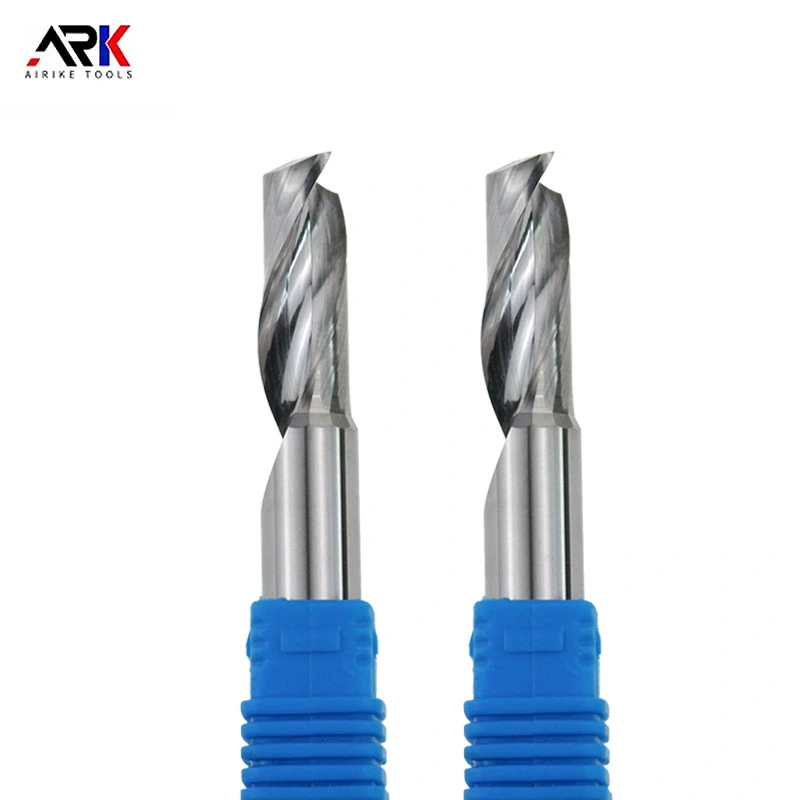
1. Material properties
Aluminum milling cutter plasticity, low hardness and low melting point, milling friction heat is easy to make it soften and melt. At the same time, aluminum alloy and cutting tool material chemical affinity, high temperature aluminum chips are easy to form chip tumors in the cutting edge and chip groove.
2. Unreasonable design of tool parameters
Blunt cutting edge will prolong the cutting time and aggravate the friction. Too narrow chipformer or improper angle of chip discharge will lead to chip accumulation and sticking. Aluminum milling cutter teeth are too many or too few, respectively, due to insufficient chip space, single tooth load is too large to cause sticking.
3. Improperly set machining parameters
Spindle speed is too low or feed speed is too slow, will significantly increase the friction coefficient of the cutting interface, resulting in a sharp rise in local temperature. The depth of cut is not set reasonably and also has a lot of hidden dangers: too small material can not be effectively removed, the tool and the workpiece between the formation of the “ironing” effect, too large is triggered by cutting vibration, both of which will exacerbate the risk of chip sticking.
4. Cutting fluid application defects
Insufficient supply of cutting fluid will make cutting heat can not be dispersed in a timely manner, resulting in the temperature of the tool and chip contact area out of control. If the choice of poor lubrication performance of the cutting fluid, or uneven flow distribution, spray angle deviation, can not form an effective lubrication film in the cutting interface, will directly weaken its anti-adhesive properties, significantly increase the probability of sticking knife.
5. Mismatch of tool coating or material
There is another point that cannot be ignored, that is, choosing the wrong coating is also easy to trigger sticking. Uncoated, AlCrN or DLC coatings on specialized aluminum milling cutters can reduce friction. Insufficient hardness of the tool material is prone to wear and bluntness, increasing the risk of sticking.
In summary, high temperature softening, friction and material affinity are the main causes of aluminum milling cutter sticking. Optimizing tool design, adjusting machining parameters, and strengthening cooling and lubrication can effectively improve the sticking problem and enhance machining efficiency and quality.
Hope the above sharing can help you, we will see you next time.
- Is a spiral or straight flute woodworking milling cutter better for edge trimming?
- Can diamond-tipped Engraving Machine Milling Cutters handle ultra-fine detail engraving?
- How to Improve the Processing Efficiency of Woodworking Milling Cutters?
- What is the welding process for Welded Milling Cutters?
- Did you use the milling cutter straight out of the box? How come it chipped in just half an hour?
- Acrylic Milling Cutter Not Spinning? Quick Troubleshooting Guide
Contact Us
Paibang Industrial Zone, Henggang Town, Longgang District, Shenzhen
Copyright © 2025 Shenzhen Zhongyeda Precision Technology Co., Ltd. All Rights Reserved.


